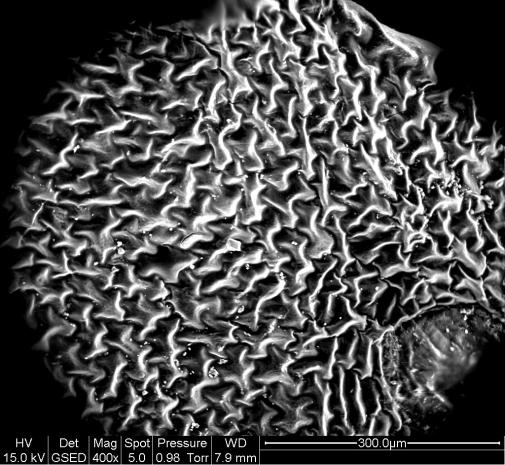
Breaking News
 Christmas Truce of 1914, World War I - For Sharing, For Peace
Christmas Truce of 1914, World War I - For Sharing, For Peace
 The Roots of Collectivist Thinking
The Roots of Collectivist Thinking
 What Would Happen if a Major Bank Collapsed Tomorrow?
What Would Happen if a Major Bank Collapsed Tomorrow?
Top Tech News
 EngineAI T800: Born to Disrupt! #EngineAI #robotics #newtechnology #newproduct
EngineAI T800: Born to Disrupt! #EngineAI #robotics #newtechnology #newproduct
 This Silicon Anode Breakthrough Could Mark A Turning Point For EV Batteries [Update]
This Silicon Anode Breakthrough Could Mark A Turning Point For EV Batteries [Update]
 Travel gadget promises to dry and iron your clothes – totally hands-free
Travel gadget promises to dry and iron your clothes – totally hands-free
 Perfect Aircrete, Kitchen Ingredients.
Perfect Aircrete, Kitchen Ingredients.
 Futuristic pixel-raising display lets you feel what's onscreen
Futuristic pixel-raising display lets you feel what's onscreen
 Cutting-Edge Facility Generates Pure Water and Hydrogen Fuel from Seawater for Mere Pennies
Cutting-Edge Facility Generates Pure Water and Hydrogen Fuel from Seawater for Mere Pennies
 This tiny dev board is packed with features for ambitious makers
This tiny dev board is packed with features for ambitious makers
 Scientists Discover Gel to Regrow Tooth Enamel
Scientists Discover Gel to Regrow Tooth Enamel
 Vitamin C and Dandelion Root Killing Cancer Cells -- as Former CDC Director Calls for COVID-19...
Vitamin C and Dandelion Root Killing Cancer Cells -- as Former CDC Director Calls for COVID-19...
 Galactic Brain: US firm plans space-based data centers, power grid to challenge China
Galactic Brain: US firm plans space-based data centers, power grid to challenge China
This New Graphene-Based Electrode Could Boost Solar Storage by 3,000%

Drawing inspiration from the plant world, researchers have invented a new electrode that could boost our current solar energy storage by an astonishing 3,000 percent.
The technology is flexible and can be attached directly to solar cells - which means we could finally be one step closer to smartphones and laptops that draw their power from the Sun, and never run out.
A major problem with reliably using solar energy as a power source is finding an efficient way to store it for later use without leakage over time.
For that purpose, engineers have been turning to supercapacitors - a type of technology that can charge extremely fast and release energy in large bursts. But for now, supercapacitors aren't able to store enough energy to make them viable as solar batteries.
So a team from RMIT University in Melbourne, Australia decided to investigate how living organisms manage to cram a lot of energy into a small space, and their imagination was soon spurred on by the ingenious fractal-based leaves of a common North American plant - the western swordfern (Polystichum munitum).

 The State's Last Stand
The State's Last Stand


